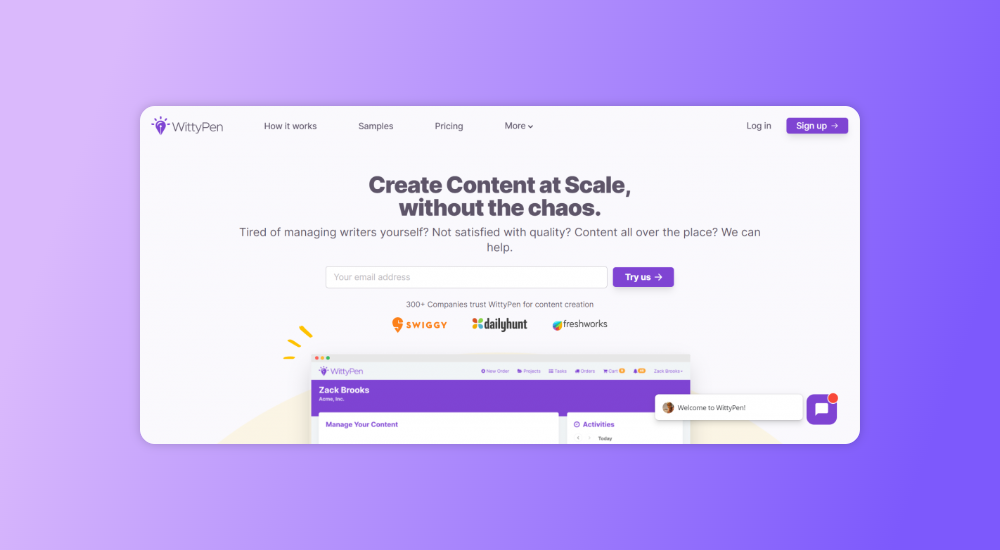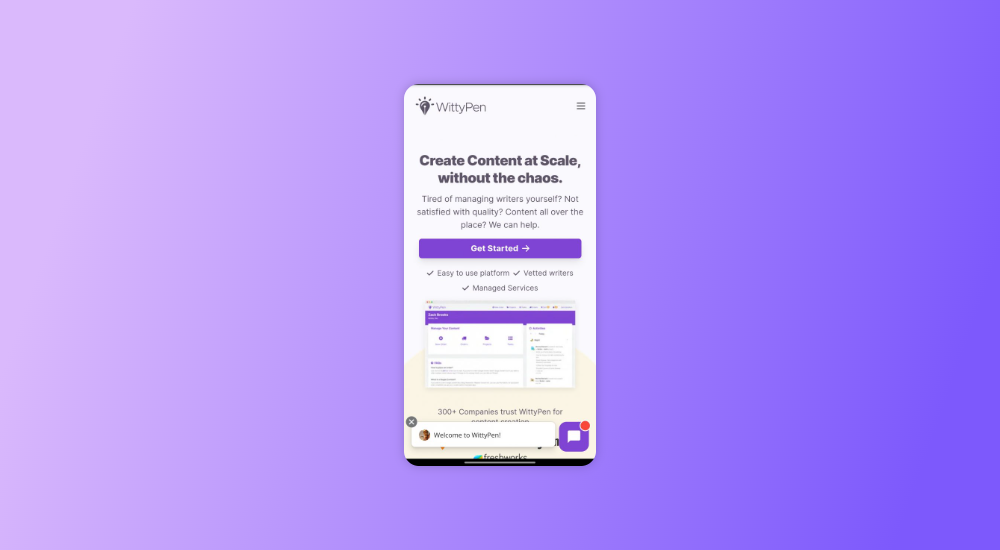Last updated on November 30th, 2022
Search Engine Optimisation (SEO) has gone through a sea of changes over the past decade. SEO has always been a crucial part of a brand’s content marketing efforts, but these changes have meant that the ecosystem is constantly in flux and that brands need to keep on top of these changes to succeed.
As we came to the end of the last decade, we saw a core algorithm update from Google, which shook a lot of websites and was talked about in the SEO circle. After analyzing the recent update, our belief in the suggestions listed in this article has become stronger than ever!
Now that we’re firmly in the next decade, consider this article a trip down the SEO memory lane, as we review the key SEO takeaways from the last decade.
SEO Takeaways From the Last Decade – What Have We Learnt?
Align Your Content With User And Search Intent
When planning your content, it’s important to focus more on solving your user’s problems, and less on your products, services, and offerings. Google tends to prioritize content that makes it easier for users to find the right answers to their search queries.
With the recent update, it was also observed that content that was structured well with a high focus on headings, saw a significant increase in the SERPs.
Another SEO trend that has contributed to the shift in user intent is the increasing use of voice search. Since people tend to ‘speak’ to Google as they would naturally speak to one another, the algorithm now demands that content marketers, in turn, create content that reflects this change.
Additionally, by curating your content to best answer what users are looking for, you stand a better chance of being ranked higher, which will result in more traffic and leads.
Long-Form Quality Content Over Mere Quantity, Any Day
This is one of the most debated topics among SEO pros and marketers. While the fact that users have a shorter attention span than ever holds significant weight, one needs to understand the factors that help your content reach its intended audience.
Content above 2000 words has been shown to rank much better and outperform blogs with 1000 words or less. The reason why long-form content ranks faster is pretty simple – to write a high-value, long-form article, you need to put in a ton of research, which is bound to provide immense value to the end user. And any content adding value to the users is given importance on SERP.
To validate the point on short attention spans, a user need not spend a significant time reading the entire content, but only a little to read specific information as per the core intent. This solves the user’s problem and benefits your website, all at once.
The ideal approach, in fact, is to go as far as assuming the presence of a content gap in your domain or the subject of your content, and aim to fill it. This means curating content on the assumption that yours is the only piece of information on the subject. This makes you come across as more authoritative, and is also great for SEO!
This ensures that readers find all the information they need by reading your content, reinforcing your value in their minds. Additionally, when readers are left satisfied, they’re also more likely to sign up for your services.
Double Down Your Focus On UI/UX
Websites have long since been the digital version of a storefront. The more attractive it is, the more likely it is that people will spend their time going through it to see what’s on offer. Over the years, however, the technicalities involved in optimizing websites to changing algorithms and user behavior have increased.
Today, with search engines rewarding crisp, high-quality content, along with reducing time and attention spans on the part of the users, website content has had to shorten, while remaining equally, if not more informative. Here at WittyPen, we’ve revamped our website to reflect these changes and keep up with the times. Our website is now crisp, yet gives you all the information you’ll ever need about our services in a neat, easy-to-understand layout.

As you can see, the website is easy to read and navigate, with the chatbot always being at the tip of your fingerprint should you need detailed information.
Additionally, ensuring that websites load quickly and making them mobile-friendly has now become the norm. With people across the world relying primarily on their mobiles to consume content, brands have had to ensure that their websites are optimized to deliver the best results through this medium. At WittyPen too, we have had to optimize our website for mobiles to make it easy to access and readable at the same time.

In the image above, you can see that the website is very readable, the menu is easy to access, and so is the chatbot.
SEO Now Requires a Great Deal of Planning
As mentioned earlier, SEO is no longer about simply stuffing a set of random keywords in a piece of content and expecting it to yield results. Today, achieving desirable results requires a comprehensive SEO plan. This includes, but is not limited to in-depth keyword research, identifying keywords, including long-tail keywords, creating content based on these relevant keywords, uniform social media marketing across platforms, backlinking, and building content communities.
Combining these elements in a carefully detailed plan that’s executed by a team of experts is what is now needed to build your website’s authority online. One can see a brilliant example of how consistent planning had led to achieving better results with Neil Patel’s website. As he outlined in his blog while planning his content marketing strategy in terms of using keywords, for example, using the right ones led to a significant increase in the number of clicks and impressions on his website.

Backlinking Has Become Tremendously Valuable
Guest blogging has become the most common mode of generating backlinks in recent years. At its very foundation, it serves as a give-and-take between the host and the individual providing the guest post. However, its benefits for your website’s SEO as we’ve come to experience them include –
- Building your brand’s visibility beyond the confines of your own website.
- Building its authority in your community or domain.
- Generating more backlinks.
However, the backlinks themselves aren’t enough – the aim is to capture and convert them into subscribers. Going ahead, guest blogging is poised to continue to be a viable and rewarding strategy. It will also play a huge role in building content communities, which in themselves are likely to be among the most impactful content marketing trends, as we have highlighted in our previous blog post.
Also Read: 25+ Content Marketing Tools – Drive Growth For Your Business
In Conclusion
SEO today has evolved significantly from the nascent stage it was at ten years ago. Change after change has meant that content marketing is no longer a one-person job, but one that demands a comprehensive plan and an entire team of determined marketers. However, they’ve also paved the way for newer ideas that can significantly drive traffic and result in valuable leads.
We hope this article has helped you recall the freshen-up memories, understand the key SEO takeaways from the last decade, and inform you of what’s in store, such as long-form content, capitalizing on content communities, and so on.









